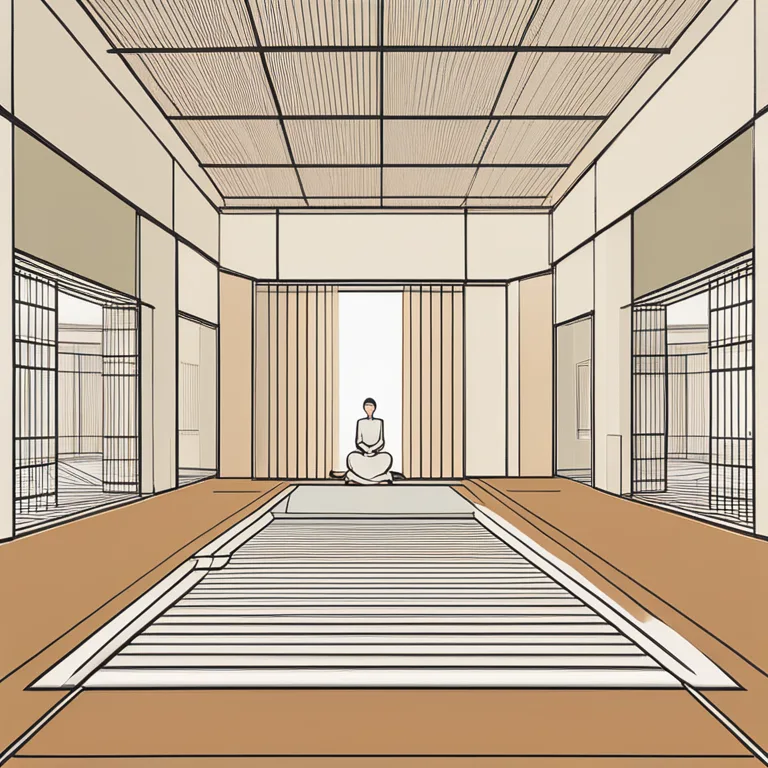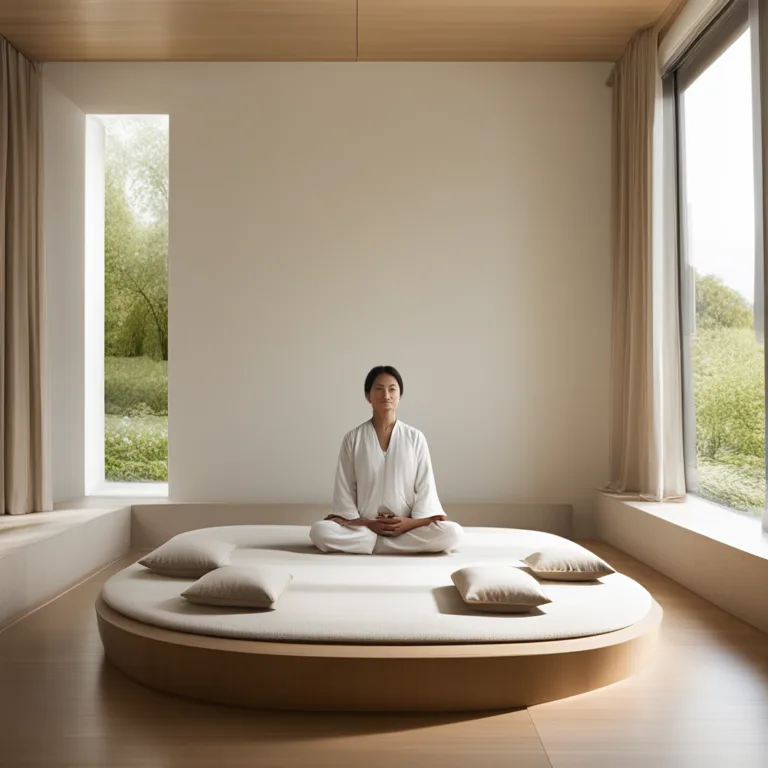
Mastery in Koan Meditation
Delve into koan meditation techniques to deepen your spiritual practice and enhance mindfulness.
article by Hina Kurosawa
The Essence of Koan Meditation
Koan meditation is a distinctive practice in Zen Buddhism that involves contemplation of non-rational riddles or stories. Unlike typical meditations that focus on breath or mantra chanting, koan meditation aims to jolt the practitioner into a deeper state of awareness. A koan is essentially an enigma that defies logical resolution, guiding the meditator to transcend ordinary thought patterns and embrace spontaneity of insight. It's a profound tool for developing mental agility and unlocking a truer understanding of one's nature and reality.

Beginning with Koan Selection
The initial step in koan meditation is choosing an appropriate koan. Traditionally, a zen master would assign a koan to a student, but in the absence of such guidance, one may choose a classic, like "What is the sound of one hand clapping?" The koan is not meant to be answered in the conventional sense but is instead meant to be lived with and internalized, to facilitate a transformative experience. Pick a koan that resonates, elicits curiosity, or challenges your perception.

Engaging with Your Koan
Once your koan is selected, incorporate it into your meditation by repeating it mentally, letting it permeate your consciousness. Don't attempt to solve it but let it settle in your mind, inviting unbidden thoughts and perspectives. The koan practice encourages a meditative state that's receptive and malleable. It's in the letting go of the need for answers that the koan meditation gradually unfolds its transformative power.

Posture and Environment
Koan meditation, as with other forms, benefits from a conducive setting and posture. Maintaining a comfortable position, ideally seated with a straight but not rigid spine, aids in sustained concentration. Practitioners should ensure that their environment is quiet and conducive to extended periods of undisturbed meditation. Equally, while the physical space is important, the mental space that one creates, of openness and patience, is vital.

Sustaining the Practice
Patience is a key virtue in koan meditation, as insights do not come on demand. It's a practice meant to be sustained over time, sometimes years, before a koan is "passed" or understood experientially. A koan can be worked on intensively during formal meditation sessions but also contemplated throughout the day, weaving it into the texture of life. This persistence is what eventually leads to a moment of profound understanding, or satori, that is the hallmark of Zen practice.
Integral Moments of Insight
Moments of insight in koan meditation—often sudden and surprising—are what practitioners strive for. These moments might not necessarily be dramatic "aha!" moments but can come as quiet shifts in perception. Each insight, no matter how small, is a step toward a more profound awakening. These experiences compound over time, enriching the practice and the practitioner's life with enhanced depth and understanding.
Concluding Thoughts
Koan meditation may seem daunting at first, especially to those accustomed to more structured forms of meditation. However, its beauty lies in its capacity to open vast spaces of consciousness beyond the confines of logical thought. With commitment and openness to the experience, koan meditation becomes a voyage into the depths of the mind, illuminating the interconnectedness of all things and the ineffable mystery within each moment.
Published: 12/20/2023
Modified: 12/20/2023
More predictions
Come back here soon to learn more about yourself and your future


Sport life: Meditation Techniques for Athletes
Learn how meditation can enhance athletic performance, improve focus, and accelerate recovery. Discover key techniques tailored for the physical demands of athletes.


Calming The Mind With Meditation
Discover effective meditation techniques to ease your mind and promote serenity in your daily life.


Meditation Techniques & Anxiety
Discover effective meditation practices to soothe anxiety and foster a sense of peace in your daily life.